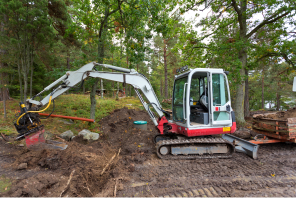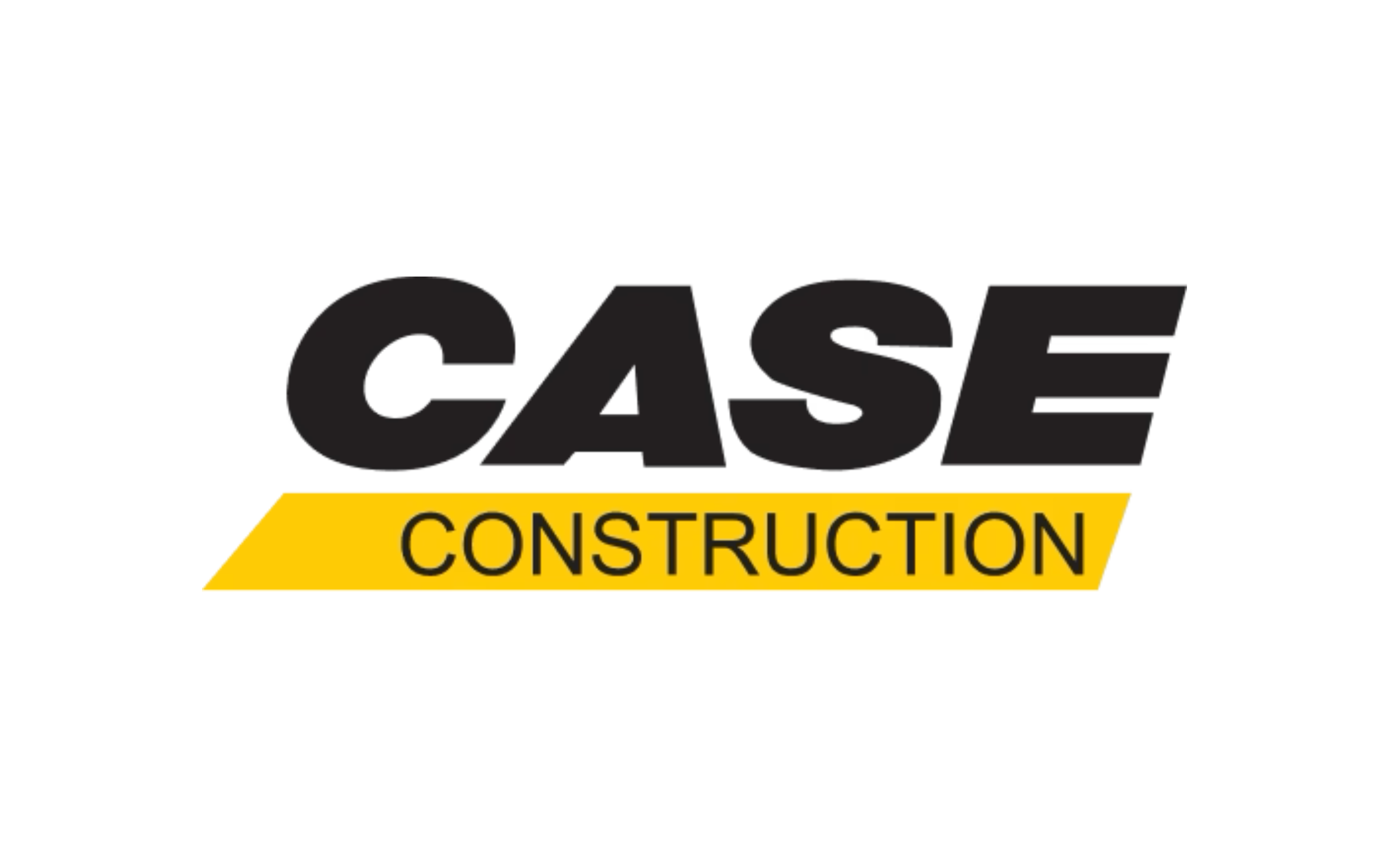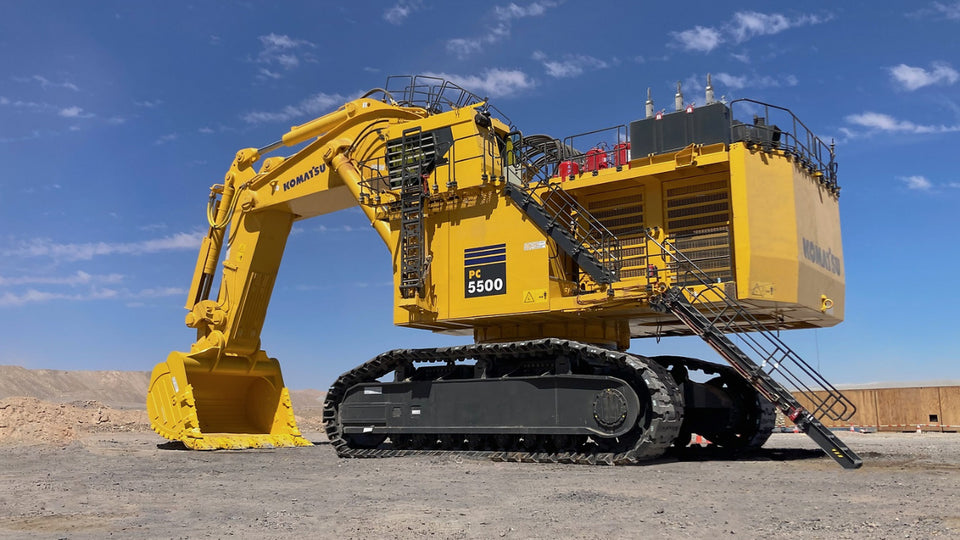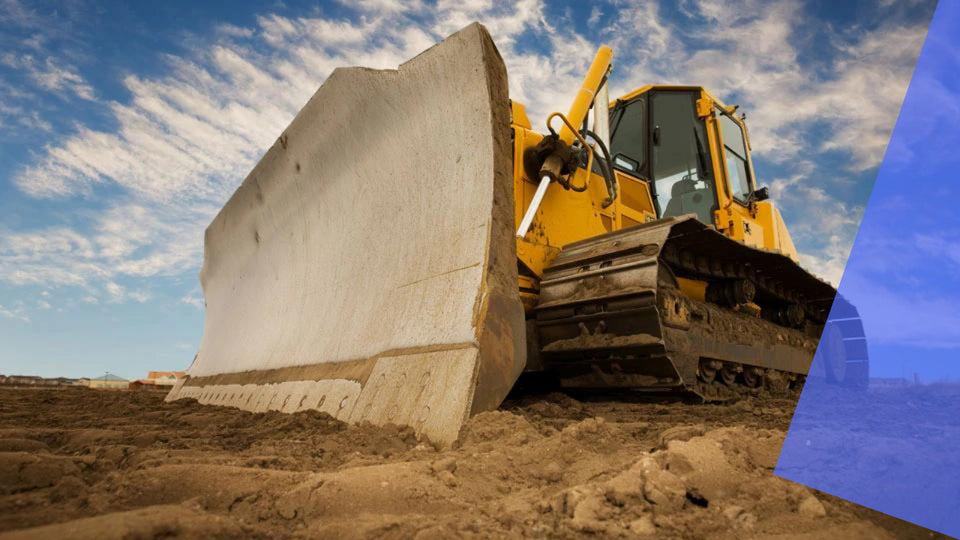Hydraulic cylinders are the unsung heroes of modern machinery. They quietly power the equipment that builds our cities, harvests our food, and keeps our industries running.
But how do these simple yet powerful devices work?
In this guide, we'll demystify the basics of hydraulic cylinders. You'll learn:
- The key components that make up a hydraulic cylinder
- How hydraulic fluid pressure is converted into linear motion
- The different types of cylinders and their applications
- Essential maintenance tips to keep your cylinders running smoothly
Whether you're a curious engineer, a hands-on technician, or just someone who appreciates the marvels of mechanical engineering, this guide will give you a solid foundation in the world of hydraulic cylinders.
Let's dive in.
Hydraulic Cylinder Components: Understanding the Key Parts
Hydraulic cylinders are made up of several essential components that work together to generate linear motion. Understanding the role of each component is crucial for proper cylinder selection, maintenance, and troubleshooting. Here are the key components of hydraulic cylinders.
Cylinder Barrel
The cylinder barrel is the main body of the hydraulic cylinder, providing housing for the piston and hydraulic fluid. It is typically made from high-strength materials such as steel or aluminum to withstand the high pressures involved in hydraulic systems. The barrel's inner surface is precision-machined to ensure a tight seal with the piston and minimize fluid leakage.
The choice of material for the cylinder barrel depends on factors such as the operating pressure, environmental conditions, and application requirements. For example, in marine environments or corrosive atmospheres, stainless steel or nickel-plated barrels may be used to prevent rust and corrosion.
End Caps and Seals
End caps are fitted to the ends of the cylinder barrel to contain the hydraulic fluid and provide a mounting point for the cylinder. They are typically made from the same material as the barrel and are secured using threaded connections, bolts, or tie rods.
Seals are used between the end caps, piston, and rod to prevent fluid leaks and maintain system pressure. The most common types of seals used in hydraulic cylinders include:
- O-rings: Simple, inexpensive, and widely used for static sealing applications
- U-cups: Provide excellent dynamic sealing performance and are commonly used for piston and rod seals
- Wiper seals: Used to prevent contaminants from entering the cylinder and damaging the piston and barrel
The choice of seal material depends on factors such as the hydraulic fluid type, operating temperature, and pressure. Common seal materials include nitrile rubber (NBR), fluoroelastomers (FKM), and polyurethane (PU).
Seal Failure and Prevention
Seal failure is a common cause of hydraulic cylinder problems, resulting in fluid leaks, pressure loss, and reduced efficiency. To prevent seal failure, consider the following best practices:
- Ensure proper seal selection based on the application requirements and operating conditions
- Maintain a clean hydraulic system to prevent contaminants from damaging the seals
- Regularly inspect and replace worn or damaged seals as part of a preventive maintenance program
Ports and Fittings
Hydraulic cylinder ports are openings in the end caps that allow hydraulic fluid to enter and exit the cylinder. The number and location of ports depend on the cylinder design and application requirements. Common port configurations include:
- Single-acting cylinders: One port for fluid inlet and outlet, with a spring or gravity return
- Double-acting cylinders: Two ports, one for each direction of piston travel
- Cushioned cylinders: Additional ports for adjustable cushioning at the end of the stroke
Fittings are used to connect the cylinder ports to hydraulic hoses or pipes, allowing fluid to flow to and from the cylinder. The type and size of fittings depend on the system pressure, flow rate, and hose or pipe size. Common fitting types include:
- JIC (Joint Industry Council) fittings: 37-degree flare fittings widely used in North America
- SAE (Society of Automotive Engineers) fittings: Straight thread fittings with an O-ring seal
- BSPP (British Standard Pipe Parallel) fittings: Parallel thread fittings common in Europe and Asia
Fitting Selection and Installation
Proper fitting selection and installation are crucial for ensuring a leak-free and efficient hydraulic system. When selecting fittings, consider the following factors:
- Material compatibility with the hydraulic fluid and cylinder components
- Pressure rating and flow capacity
- Thread type and size compatibility with the cylinder ports and hoses or pipes
To ensure proper installation, follow these best practices:
- Clean the fittings and ports before installation to remove any debris or contaminants
- Use the correct torque specifications when tightening the fittings to prevent leaks or damage
- Avoid over-tightening the fittings, which can cause damage to the threads or seals
Hydraulic Fluid Pressure: The Driving Force
At the heart of a hydraulic cylinder's operation is the pressurized hydraulic fluid. This fluid, usually oil, is pressurized by a pump in the hydraulic system. The pump creates the force needed to move the cylinder by pushing the fluid through the system at high pressure.
The pressurized fluid enters the cylinder through ports, which are openings in the cylinder body. As the fluid pushes against the piston inside the cylinder, it creates a force that causes the piston to move. This is the fundamental principle of hydraulics: fluid pressure is converted into mechanical force and motion.
Piston and Rod: The Moving Parts
Inside the hydraulic cylinder, there are two key moving parts: the piston and the rod. The piston is a disc-shaped component that slides back and forth inside the cylinder bore. It's fitted with seals to prevent fluid from leaking past it.
Attached to the piston is the rod, which extends out of one end of the cylinder. As the pressurized fluid pushes the piston, the rod moves with it, providing the linear motion output that's used to do work in hydraulic systems.
The size of the piston and rod, along with the fluid pressure, determine the force and speed capabilities of the hydraulic cylinder. Larger pistons and higher pressures create more force, while smaller pistons and rods allow for faster motion.
Controlling the Cylinder's Motion
To make a hydraulic cylinder extend, retract, or hold its position, the flow of hydraulic fluid in and out of the cylinder must be controlled. This is accomplished using valves in the hydraulic system.
Valves are devices that can direct fluid flow, control its rate, and allow or prevent flow through certain passages. By directing pressurized fluid to one side of the piston or the other, valves cause the cylinder to extend or retract. When fluid is allowed to flow out of the cylinder while blocking flow in, the cylinder can hold a load in place.
The speed and force of the cylinder's motion can be fine-tuned by adjusting the fluid pressure and flow rate. Higher pressures and flow rates result in faster, more forceful motion, while lower pressures and restricted flow create slower, more controlled motion.
Proportional Valves: Precision Control
For applications requiring precise control over a cylinder's position, speed, or force, proportional valves are often used. These advanced valves use electronic controls to vary the size of the valve opening, allowing for infinitely variable control over the fluid flow.
With proportional valves, a hydraulic cylinder can be made to move to a specific position, maintain a constant speed, or apply a precise force. This level of control is essential in applications like robotics, aerospace, and industrial automation.
By understanding these basic principles of how hydraulic cylinders work - pressurized fluid acting on a piston to create linear motion, controlled by valves - you can begin to grasp the wide-ranging capabilities and applications of these powerful components. In the next section, we'll take a closer look at the key parts that make up a hydraulic cylinder.
Hydraulic Cylinder Types: Choosing the Right One for Your Application
When it comes to hydraulic systems, selecting the appropriate cylinder type is essential for achieving the desired performance and efficiency. Each type of hydraulic cylinder has its own set of characteristics and advantages, making it suitable for specific applications. In this section, we will explore the most common types of hydraulic cylinders and help you determine which one best fits your needs.
Tie-Rod Cylinders: The Versatile Workhorses
Tie-rod cylinders are the most widely used type of hydraulic cylinder, known for their versatility and reliability. These cylinders feature threaded steel rods that hold the end caps in place, providing excellent strength and durability. Tie-rod cylinders are ideal for general-purpose applications where a balance of performance and cost-effectiveness is required.
Advantages of Tie-Rod Cylinders
- Easily customizable to meet specific requirements
- Disassembly and maintenance are straightforward
- Suitable for a wide range of pressures and forces
Tie-rod cylinders are commonly found in industrial machinery, agricultural equipment, and construction vehicles. Their adaptability makes them a popular choice for engineers and designers seeking a dependable solution for their hydraulic systems.
|
Cylinder Type |
Advantages |
Disadvantages |
|
Tie-Rod |
Customizable, easy maintenance, versatile |
Limited high-pressure performance |
|
Welded |
Compact, leak-resistant, high-pressure capable |
Limited customizability, higher cost |
|
Telescopic |
Extended reach, compact size |
Complex design, higher cost |
Welded Cylinders: Compact and Leak-Resistant
Welded cylinders offer a more compact and leak-resistant alternative to tie-rod cylinders. In this design, the end caps are welded directly to the cylinder barrel, eliminating the need for external fasteners. This construction method results in a smaller footprint and reduced potential for leaks, making welded cylinders ideal for applications with limited space or high-pressure requirements.
Benefits of Welded Cylinders
- Compact design saves space in tight installations
- Minimized leak points for improved system efficiency
- Well-suited for high-pressure applications
Welded cylinders are frequently used in mobile equipment, such as excavators and forklifts, where space is at a premium and reliable performance is critical. They are also found in industrial settings that demand high-pressure operation, such as hydraulic presses and injection molding machines.
Telescopic Cylinders: Extended Reach in Compact Spaces
Telescopic cylinders, also known as multi-stage cylinders, consist of multiple stages that extend and retract within each other. This unique design allows for a long stroke length while maintaining a compact size when retracted. Telescopic cylinders are invaluable in applications that require extended reach or lifting capabilities without sacrificing space.
Telescopic Cylinder Applications
- Dump trucks and trailer lifting mechanisms
- Cranes and boom lifts
- Aerial work platforms and scissor lifts
The ability of telescopic cylinders to provide substantial extension in a compact package makes them essential for mobile equipment and lifting applications. By carefully selecting the number of stages and the cylinder dimensions, engineers can achieve the desired stroke length and force output for their specific needs.
Selecting the Right Cylinder for Your Application
When choosing a hydraulic cylinder for your application, consider the following factors:
- Force requirements: Determine the amount of force needed to perform the desired task.
- Stroke length: Identify the necessary extension and retraction distances.
- Space constraints: Evaluate the available space for cylinder installation.
- Pressure range: Ensure the cylinder can withstand the system's operating pressures.
- Environmental factors: Consider the cylinder's exposure to temperature extremes, moisture, or corrosive substances.
By understanding these factors and the unique characteristics of each cylinder type, you can make an informed decision that optimizes performance, reliability, and cost-effectiveness in your hydraulic system.
Hydraulic Cylinder Maintenance: Ensuring Reliable Operation
- Regular inspections and fluid maintenance are crucial for hydraulic cylinder longevity
- Replacing worn seals and wipers prevents leaks and contamination
- Following manufacturer guidelines and using proper tools ensure safe and effective maintenance
Regular Inspection
Regularly inspecting your hydraulic cylinders is essential for identifying potential issues before they lead to costly downtime or repairs. Begin by visually examining the cylinder barrel and rod for any signs of damage, such as dents, scratches, or corrosion. These imperfections can compromise the cylinder's structural integrity and lead to leaks or premature failure.
Next, check for leaking seals or damaged hydraulic hoses and fittings. Leaks can indicate worn or damaged seals, which can cause a loss of hydraulic pressure and reduced cylinder performance. Damaged hoses and fittings can also lead to fluid leaks and contamination, which can accelerate wear on internal components.



